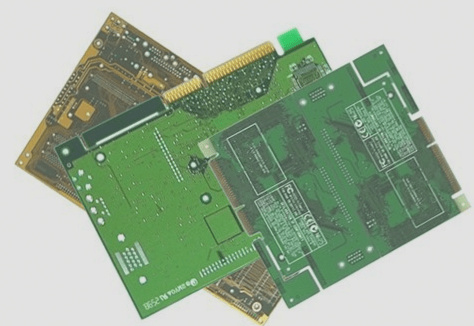PCB Surface Treatment Processes: Adapting to Environmental Demands
As environmental regulations become more stringent, the surface treatment processes of PCBs are undergoing significant transformations. While seemingly small changes now, these gradual shifts will lead to substantial advancements in the future.
The Importance of Surface Treatment
The primary goal of surface treatment is to ensure optimal solderability and electrical properties. Natural copper oxidizes when exposed to air, necessitating additional treatments. Strong flux can remove most copper oxides during assembly, but its residues are challenging to eliminate, limiting its industry use.
Various Surface Treatment Processes for PCBs:
- Organic Solderability Preservative (OSP)
- Hot Air Leveling (Spray Tin)
- Entire Board Nickel-Gold Plating
- Tin Sinking
- Immersion Silver
OSP is a surface treatment process for PCB copper foils that complies with the RoHS directive. It involves chemically growing an organic film on the copper surface to provide anti-oxidation and moisture resistance.
Hot air leveling coats PCB surfaces with molten tin solder, ensuring good solderability and resistance to copper oxidation.
Nickel-gold plating involves depositing nickel and gold onto PCB surfaces to prevent diffusion between gold and copper.
Tin sinking forms a flat copper-tin compound for excellent solderability, compatible with various solder types.
Immersion silver offers a simple and fast PCB process with good solderability, despite losing its shine over time.
Future of PCB Surface Treatment
With environmental concerns driving innovation, the evolution of PCB surface treatment processes is inevitable. Stay informed about these advancements to ensure the reliability and performance of your PCBs.




